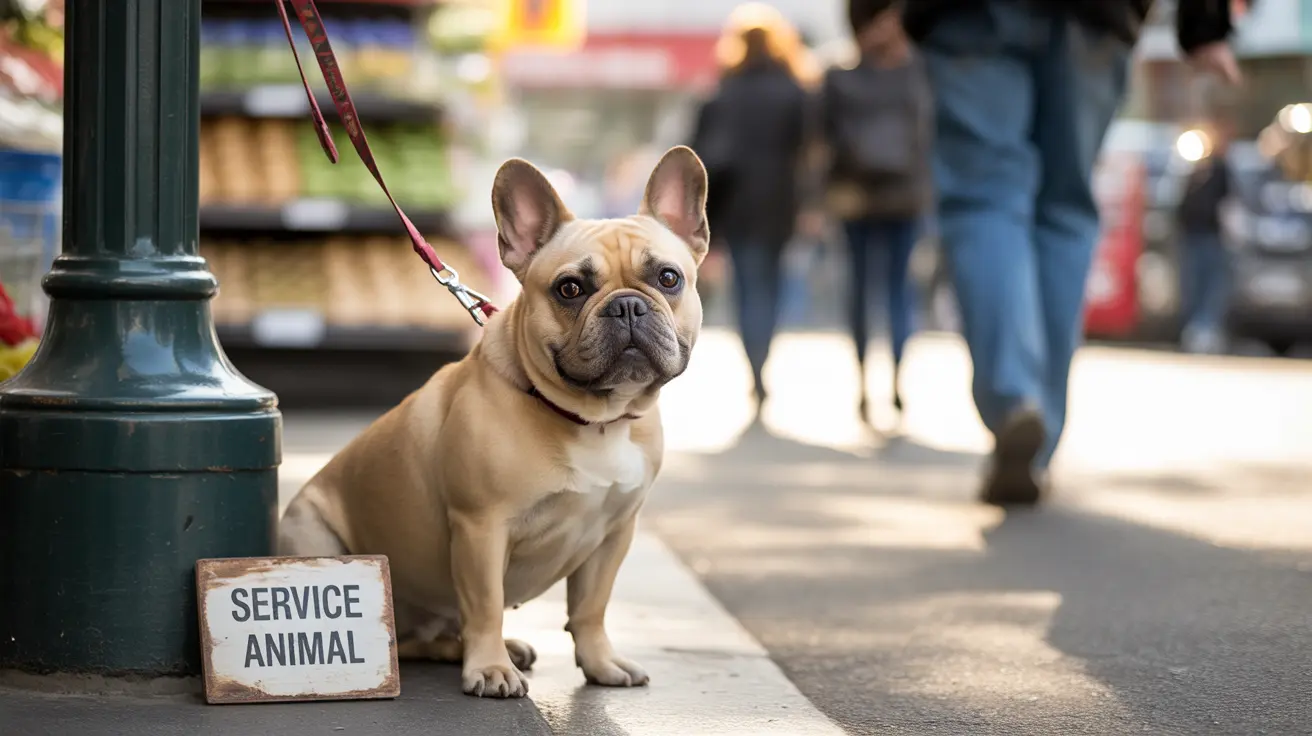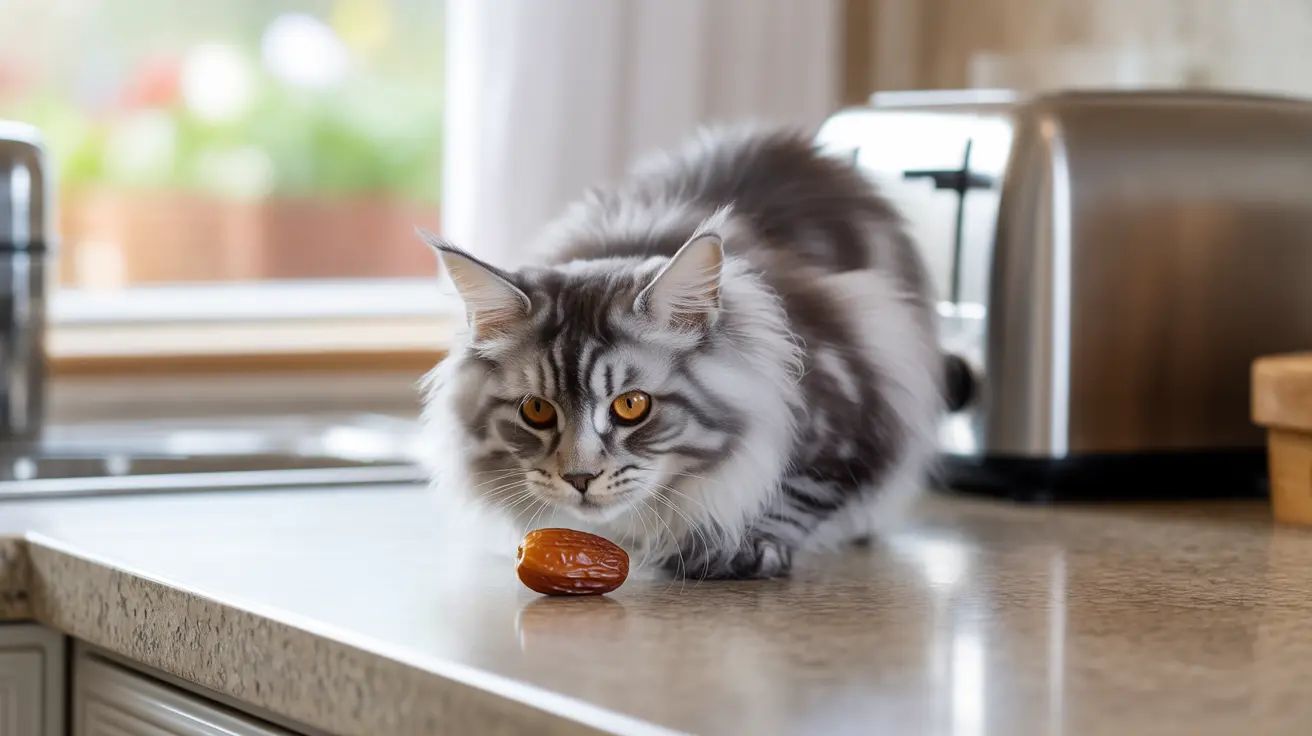Understanding the Sheprador: The German Shepherd Lab Mix
The German Shepherd Lab mix, often called a Sheprador or Labrashepherd, is a hybrid dog breed created by crossing a German Shepherd with a Labrador Retriever. Known for their loyalty, intelligence, and energetic nature, Shepradors are popular choices among active families and working dog enthusiasts.
Appearance of the Sheprador
Shepradors are typically medium to large-sized dogs weighing between 50 and 100 pounds and standing 20 to 27 inches tall. They have a dense, often double-layered coat that may be short to medium in length. Common color variations include:
- Black
- Black and tan
- Sable
- Chocolate
- Cream or yellow
- Red
Their ears may be floppy like a Labrador's or more upright like a German Shepherd's. Shepradors usually have expressive brown eyes and a pronounced, often bushy tail.
Temperament and Personality
Shepradors are known for their intelligence, loyalty, and high trainability. These dogs thrive in social environments and form strong bonds with their families. Positive socialization helps them interact well with children and other pets. While they may inherit some protective instincts from the German Shepherd, they are generally approachable and friendly with proper training.
Common traits include:
- Affectionate and people-oriented behavior
- Energetic and playful nature
- Protectiveness paired with sociability
- Desire to stay close to their human companions
Training and Behavior
The Sheprador's intelligence makes them highly receptive to positive reinforcement training. Consistent routines coupled with early socialization are essential. These dogs excel in activities such as:
- Obedience
- Agility
- Tracking
- Retrieving
- Scent work
Without adequate mental and physical stimulation, Shepradors may develop behavioral issues like barking, destructive chewing, or restlessness.
Exercise Needs
This mix requires at least an hour of daily exercise. Beneficial activities include:
- Long walks or jogs
- Play sessions like fetch or tug-of-war
- Swimming
- Hiking
- Interactive toys and puzzles
A home with sufficient space or access to outdoor areas is ideal.
Health and Lifespan
Shepradors have a typical lifespan of 10 to 14 years. While hybrid vigor can reduce some risks, they may inherit health conditions common in both parent breeds.
Health concerns include:
- Hip and elbow dysplasia
- Bloat (gastric torsion)
- Progressive retinal atrophy (PRA)
- Degenerative myelopathy
- Epilepsy
- Allergies (skin or food-related)
- Ear infections
- Obesity
Preventative care, such as regular vet visits, a balanced diet, and controlled exercise, contributes to a healthy life. Responsible breeders test for genetic abnormalities to reduce inherited conditions.
Grooming and Maintenance
Shepradors tend to shed year-round and may experience seasonal shedding spikes. Basic grooming routines should include:
- Brushing 2–3 times a week using a bristle or deshedding brush
- Infrequent bathing to preserve natural coat oils
- Regular nail trims
- Ear cleaning, especially in swimming dogs
- Dental care with chews or brushing
Diet and Nutrition
A balanced diet tailored to age, weight, and activity is essential. Puppies should have three meals daily, while adults usually require two. Using a slow feeder can reduce the risk of bloat. Treats should not exceed 10% of daily intake. Many Shepradors enjoy food, so portion control and vet-approved diets help manage their weight.
Living Environment
Shepradors do best in homes that:
- Have space for outdoor activity (yard or nearby park)
- Belong to owners with time for play and training
- Offer consistent companionship to prevent separation anxiety
- Provide structured routines
Apartment living is possible but requires diligent commitment to regular walks and mental stimulation.
Ideal Owners
The Sheprador is perfect for:
- Active families with children
- Individuals who enjoy outdoor activities
- People committed to daily exercise and training
- Households tolerant of shedding and grooming needs
They are not suited for allergy-prone individuals due to heavy shedding.
Breed Variability
Since Shepradors are mixed-breeds, individual dogs may display varying traits. Some may resemble a Labrador more closely, while others inherit more German Shepherd features. These differences make each Sheprador unique in appearance and personality.
Conclusion
Combining the intelligence of the German Shepherd with the friendliness of the Labrador Retriever, Shepradors are devoted, energetic, and highly trainable dogs. With proper care, training, and attention, they make wonderful lifelong companions for the right families.





